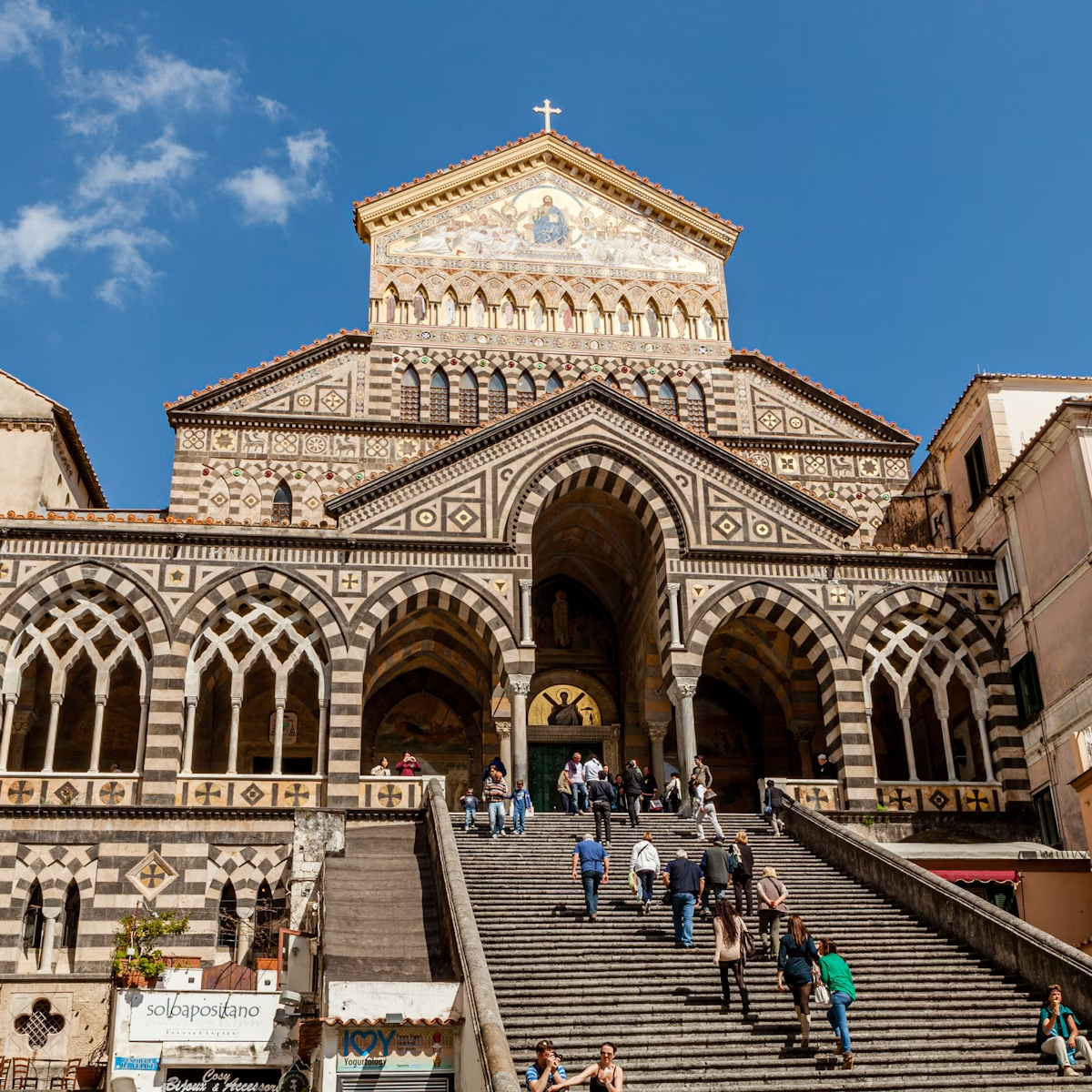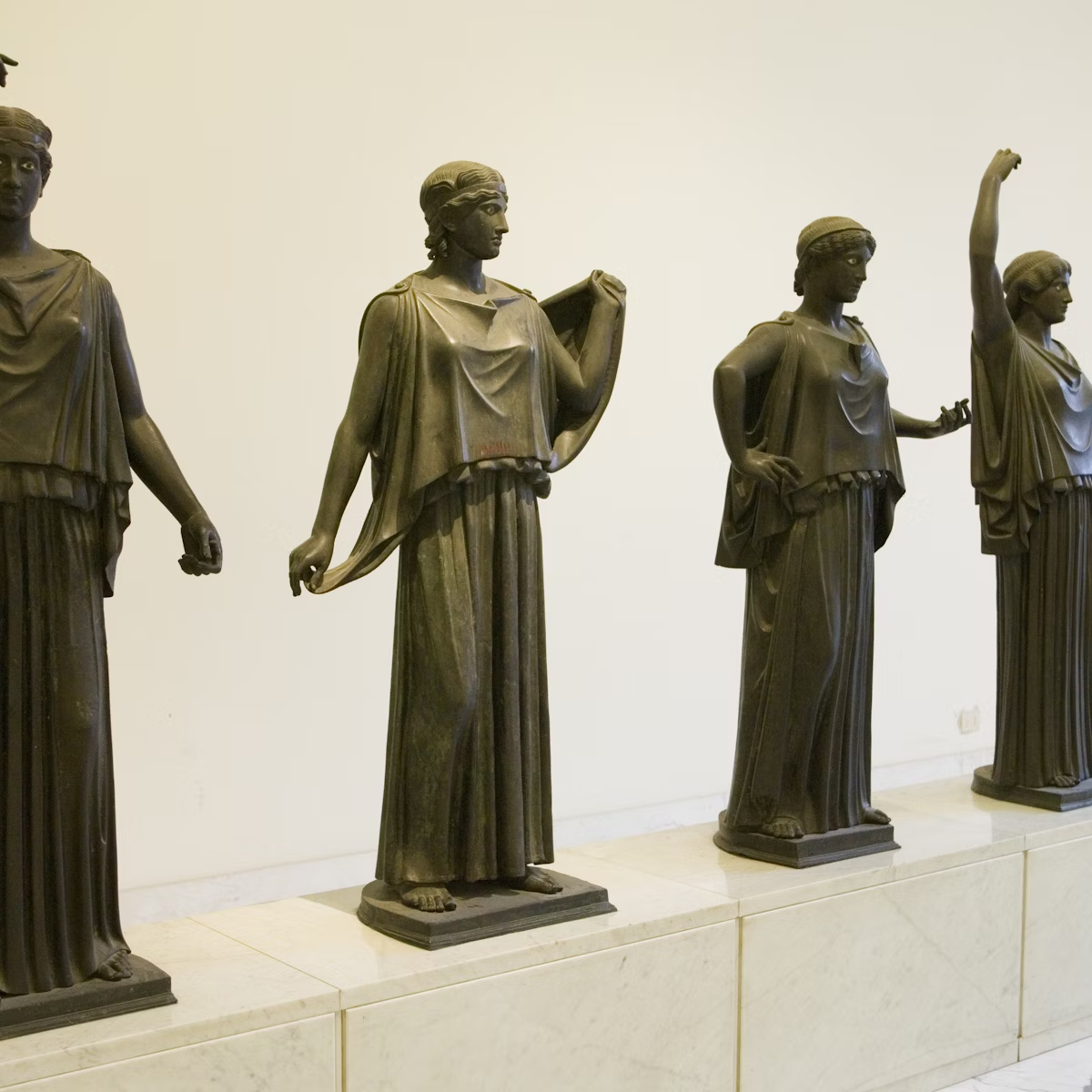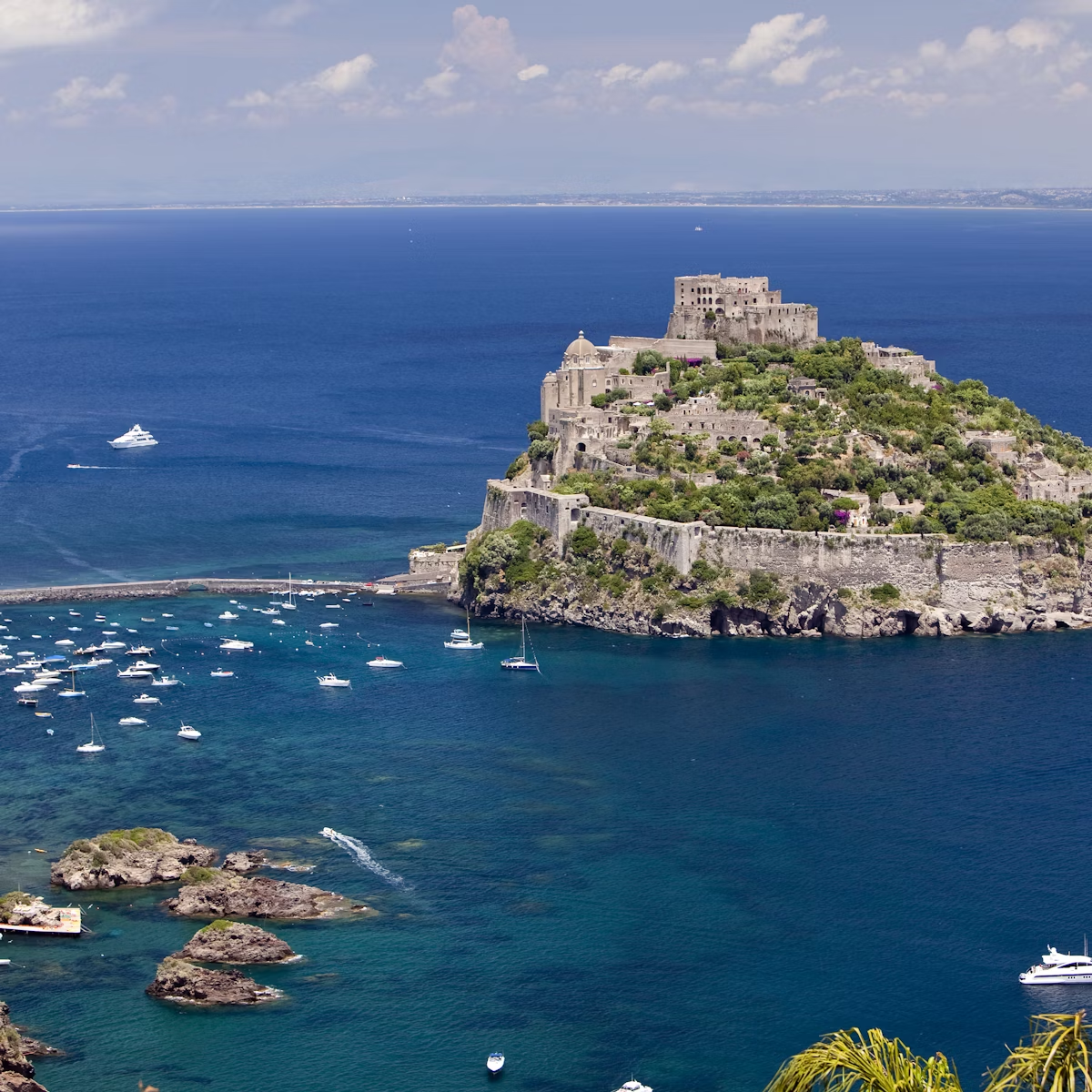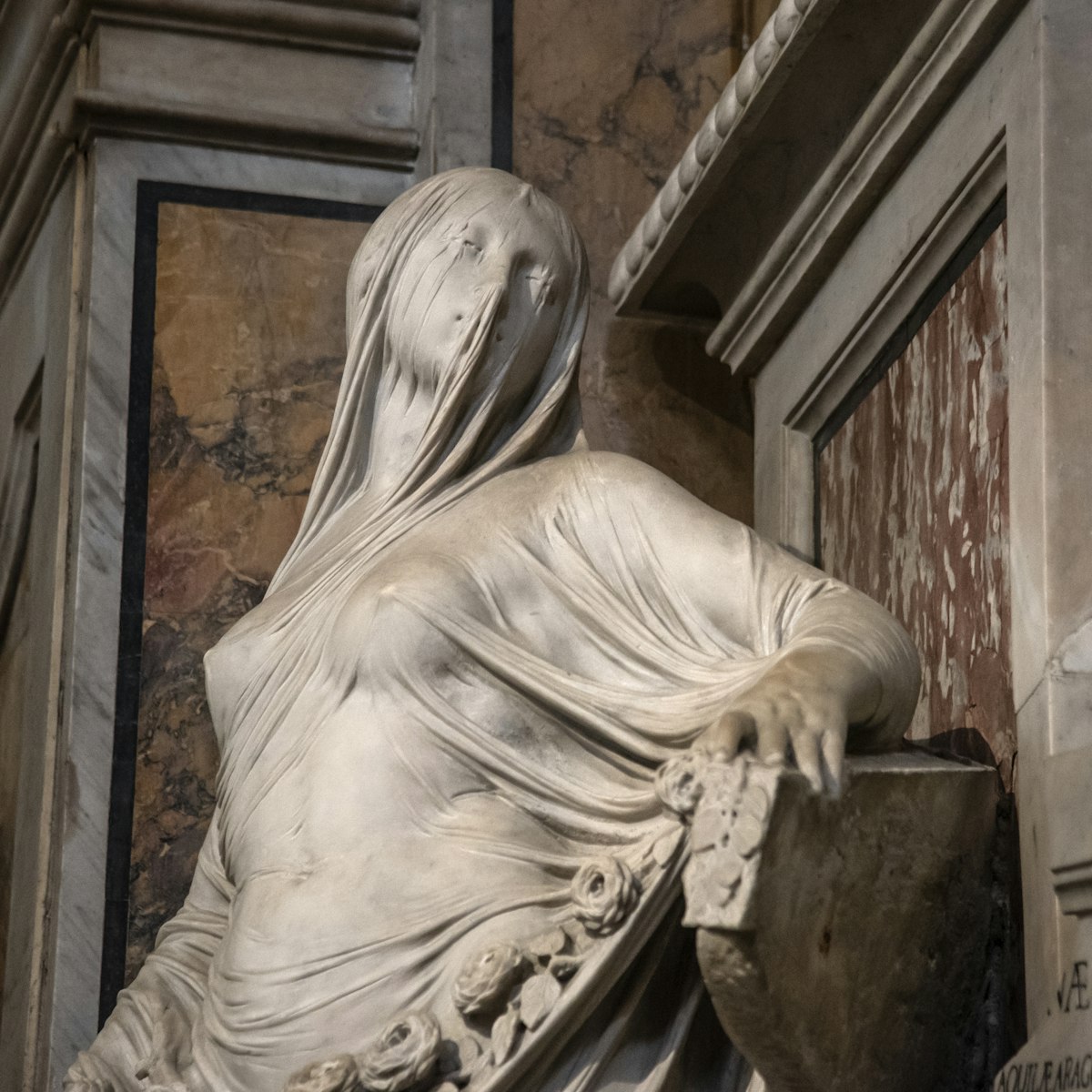Its 17th-century campanile (bell tower) is Naples' tallest, and this iconic church is home to a famously nimble crucifix. Now hanging in a tabernacle beneath the church's main arch, the cross reputedly dodged a cannonball fired at the church in 1439 during the war between Alfonso of Aragon and Robert of Anjou. Equally miraculous is the 13th-century Byzantine icon of the Madonna della Bruna, held behind the main altar, and celebrated with fireworks each 16 July.
Indeed, the much-loved Chiesa di Santa Maria del Carmine is shrouded in legend. According to Neapolitan folklore, when Conrad (Corradino) of Swabia was charged with attempting to depose Charles I of Anjou in 1268, his mother, Elisabetta di Baviera, desperately tried to collect the money required to free her son. Alas, the money arrived too late, Conrad lost his head and his grief-stricken mamma handed the cash to the church (on the condition that the Carmelite brothers prayed for him every day). They agreed, the church went up and a monument to Conrad still remains in the transept.
Just northwest of the church and Piazza del Carmine, the Piazza del Mercato has an even more macabre past. The starting point for the deadly plague of 1656, it was here that over 200 supporters of the ill-fated Parthenopean Republic of 1799 were systematically executed.







